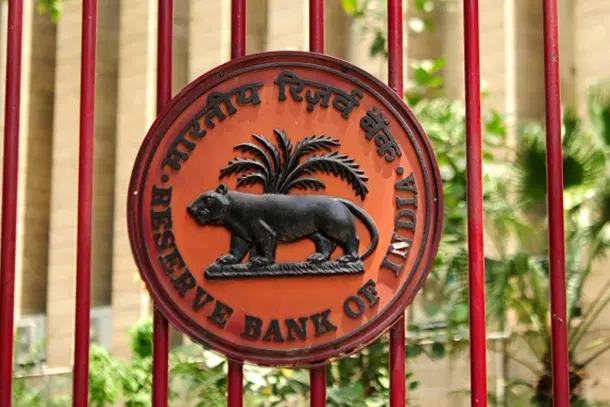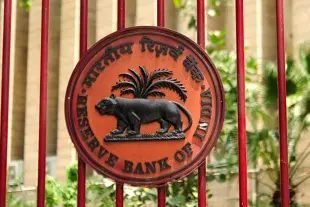News Brief
India Has Potential To Become Second-Largest Economy By 2031, World's Largest By 2060: RBI Deputy Governor
Kuldeep Negi
Jul 13, 2024, 04:59 PM | Updated 04:59 PM IST
Save & read from anywhere!
Bookmark stories for easy access on any device or the Swarajya app.


India has the potential to become the second-largest economy by 2031 and the world's largest by 2060, according to Michael Debabrata Patra, deputy governor of the Reserve Bank of India (RBI).
Speaking at an event in Mussoorie on Friday (12 July), Patra expressed confidence in India's economic growth prospects, citing its inherent strengths and commitment to achieving ambitious goals.
"It is possible to imagine India striking out into the next decade to become the second largest economy in the world not by 2048, but by 2031 and the largest economy of the world by 2060," Patra said.
The Organisation for Economic Cooperation and Development (OECD) has projected that in purchasing power parity (PPP) terms, India will overtake the US by 2048 to become the second-largest economy in the world.
Explaining why PPP is the better measure, Patra said that current exchange rates determined in the market are subject to bouts of volatility and idiosyncratic behaviour that makes them diverge from reality.
Hence, their application as denominators to GDP measured in national currencies may not be appropriate for cross-country comparisons, he argued.
"An alternative measure is purchasing power parity (PPP). It is the price of an average basket of goods and services in each country. With PPP, the comparison changes dramatically. In terms of PPP, India is the third largest economy in the world. The $5 trillion milestone for 2027 translates to $16 trillion in PPP terms," he said.
Currently, India ranks as the fifth-largest economy in terms of exchange rate with a GDP of $3.6 trillion.
However, in PPP terms, India's GDP stands at $14.5 trillion, behind China ($34.6 trillion) and the US ($27.4 trillion).
The RBI deputy governor listed out several "positive energies" that are helping to shape the vision of India’s future over the next few decades.
First, there is a traditional advantage that is likely to continue working in favour of India’s growth prospects, he said.
"The development process has been predominantly driven by capital accumulation, which makes investment the main lever of growth. The investment rate peaked at close to 40 per cent of GDP in 2010-11 but moderated unevenly thereafter until 2020-21. During 2021-23, however, it has stabilised around 31.2 per cent and is showing signs of acceleration," Patra said.
The second reason he cited is the macroeconomic and financial stability that India is witnessing.
“After a long and arduous battle with the upside pressures unleashed by the pandemic and geopolitical conflicts, and exacerbated by sporadic onslaughts of food supply shocks, inflation has fallen back into the tolerance band around the target of 4 per cent. The taming of inflation lays the foundations of sustained high growth in the future by improving consumption conditions, the investment outlook and external competitiveness,” he said.
On financial stability, Patra said that gross non-performing assets (GNPAs) in the banking system have steadily fallen from their peak in March 2018 to 2.8 per cent of total assets by March 2024.
"Adjusted for provisions, net NPAs are just 0.6 per cent. Capital and liquidity buffers are well above the regulatory norms. Profitability is high and this virtuous circle has supported a credit upswing," he said.
He also predicts that the general government debt which is estimated at 81.6 per cent of GDP at the end of March 2024 is expected to decline to 78.2 per cent by end of this decade.
"Our projections show that if expenditures are increased on reskilling/upskilling the labour force in the most productive sectors of manufacturing, investing in digitalisation and promoting energy efficiency, the general government debt will fall even further to 73.4 per cent of GDP by 2030-31," he added.
He also cited the digital revolution in India as a great growth multiplier.
Also Read: INDI Alliance Set To Win Big In By-Elections In Seven States, BJP-Led NDA Trails — All About It
Kuldeep is Senior Editor (Newsroom) at Swarajya. He tweets at @kaydnegi.





